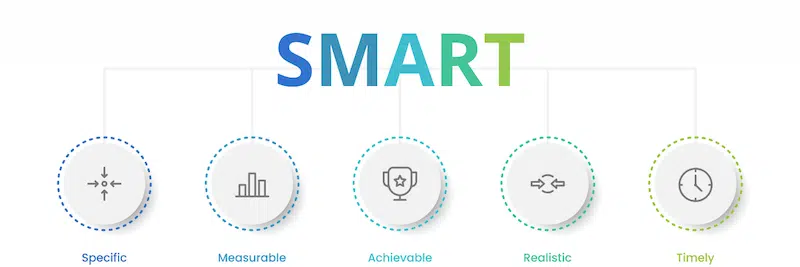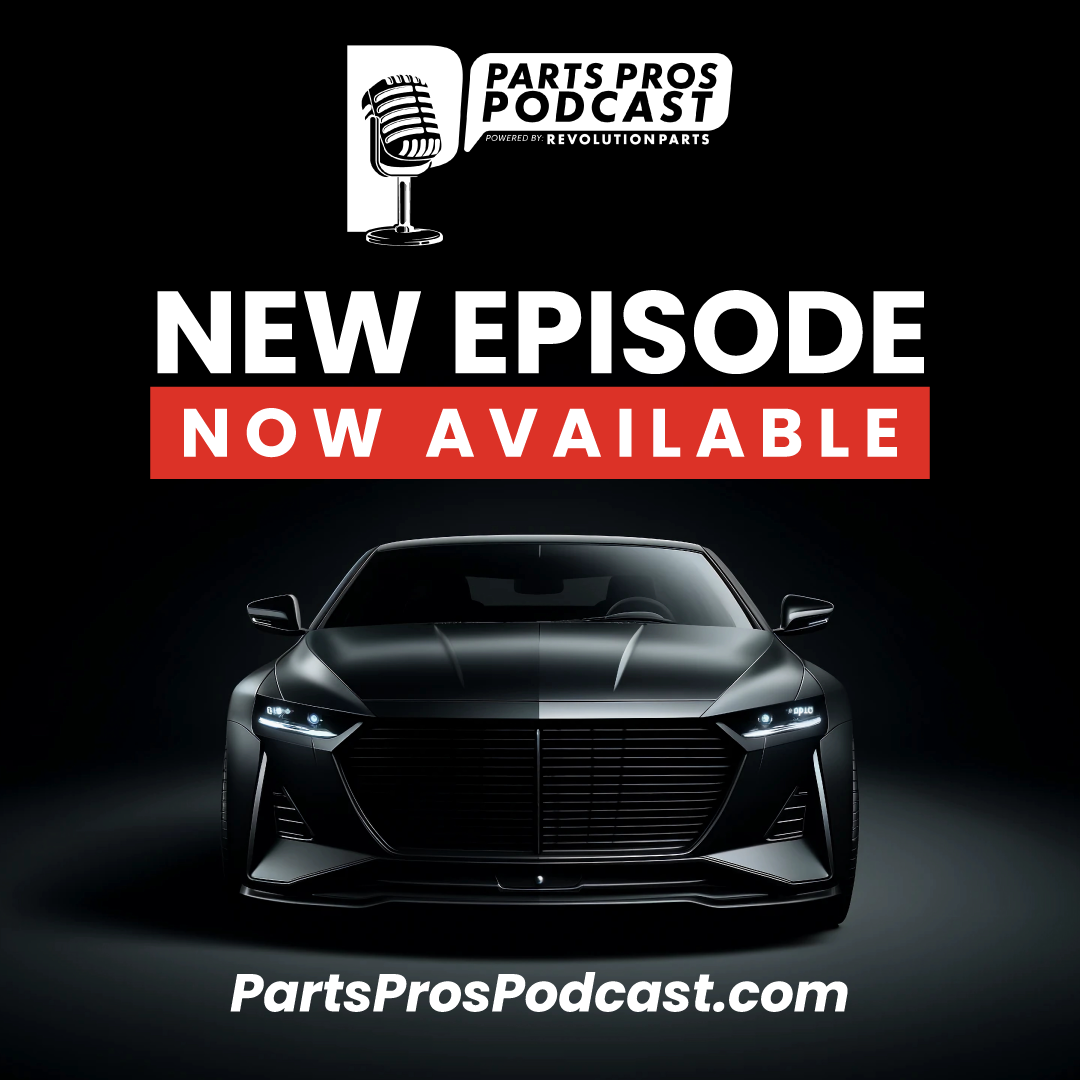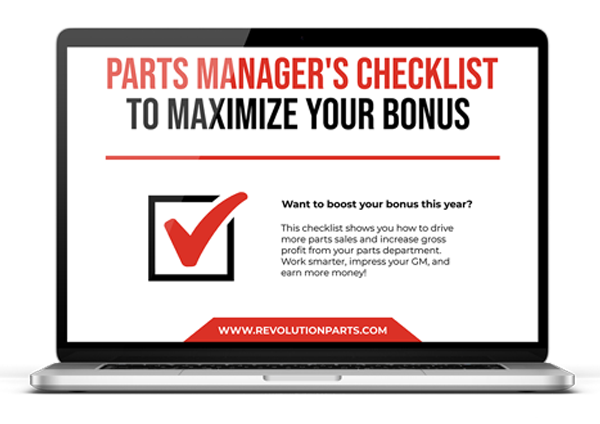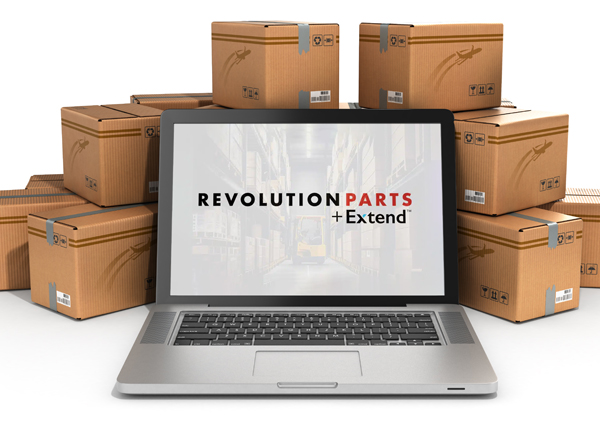After you’ve created a compelling funnel and selected good keywords, you only have one final hurdle to paid advertising success; budget and bidding. There’s no single correct answer to how to budget, and there are numerous popular bidding strategies to choose from. However, there are a handful of time-tested principles that can guide your first ad campaigns.
Understanding Your Budget: Three Tips for Success
The ideal ad budget varies from company to company. Developing a sound budget plan requires understanding your biggest strategic priorities so that you can pursue clear, actionable targets for success.
1. Be SMART (Specific, Measurable, Actionable, Realistic, Time-Bound)
When setting your ad budget, apply the SMART criteria to ensure your goals are clear and attainable within a specific timeframe. If you want to increase sales or deliver a certain rate of return on ad spend, don’t just define your goal as “increase revenue” – make your goal specific.
Instead, conduct market research and competitor research to get an idea of how much you can expect to increase revenue and at what rate. From there, look into the cost per click for your desired keywords and set realistic goals for your conversion rate to determine your target cost per lead.
Once you know how much you’ll have to spend for each conversion, it’s just a matter of deciding how quickly you want to generate leads. Then, you could set your goal as “increase revenue 50% year-over-year.” However, your goal doesn’t have to be increasing revenue – different metrics hold greater importance to different companies.
2. Prioritize The Right Metrics
To effectively manage your ad budget, prioritize metrics that align with your business goals. Here are three potential factors you could emphasize in developing your ad budget plan:
Cost Emphasis
If ROI (return on investment) is your focus, track metrics like cost-per-conversion and return on ad spend to ensure you are getting the most value from a limited budget.
Growth Emphasis
If your biggest priority is generating leads, you might not shy away from expensive, competitive keywords. Your most important metric would be conversion rates and total growth rather than the rate of return on what you spend.
Brand Focus
If the goal is to increase brand awareness rather than to drive sales, prioritize metrics such as impressions and reach.
3. If In Doubt, Start Slowly
A successful ad campaign is easy to scale by increasing your ad spend. If you’re having trouble devising a strategy, begin with a modest budget to trial different ad sets and conduct A/B testing. This is where you compare two versions of something to see which one performs better. You can gain insights into what resonates best with your audience and drives conversions and gradually increase ad spend once you have a proof of concept.
Three Popular Bidding Strategies for Paid Advertising
The price of a keyword can fluctuate, making different bids optimal for either generating leads faster or producing better returns. Google and Bing have excellent algorithms for bid management, and the main question of bidding strategy is how much manual control you want to retain.
Manual Bidding
Manual bidding gives you full control over your bid amounts for different keywords, allowing for precise budget allocation based on your assessment of their value and potential ROI. Experienced marketers who want to optimize their campaigns closely will generally opt for a variation on the manual bidding strategy. However, it’s not a great fit for those who are starting.
Automatic Bidding
Automatic bidding lets the advertising platform optimize your bids based on your campaign goals. This can include maximizing conversions within a set budget or achieving the best possible click-through rate. If you’re new to paid ads, automatic bidding could be a good fit for you.
Enhanced Cost-Per-Click (ECPC)
Enhanced CPC is a hybrid approach where you place manual bids, but the system automatically makes small adjustments to optimize them. By increasing bids for clicks that seem more likely to lead to a conversion and lowering less promising bids, you can set the basic strategy but still count on assistance from the algorithm. If you don’t want to delegate control to the algorithm, ECPC is a great middle ground.
Final Thoughts
Setting up a successful paid ad campaign is all about smart budgeting and choosing the right bidding strategy. Start by setting specific goals with the SMART approach, focus on key metrics that match your business objectives, and begin with a small budget to test what works. Whether you opt for manual, automatic, or Enhanced Cost-Per-Click bidding, understanding each method will help you manage your spending effectively and reach your advertising goals.
Paid ads might seem complicated at first, but by breaking it down into manageable steps and continuously adjusting based on your results, you can create a strong campaign that grows with your business. Stick to your plan, keep learning from your results, and use what you learn to make smarter choices moving forward.
Did you know that when you sign up for RevolutionParts, you can become eligible to add on marketing services? The RevoutionParts Marketing Agency is a team of digital marketers specializing in parts marketing. This means they know all the strategies and tricks to ensure your parts web store performs at its best.





